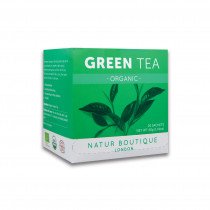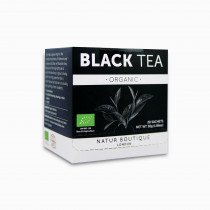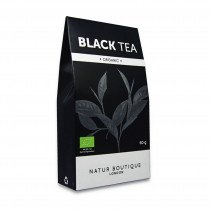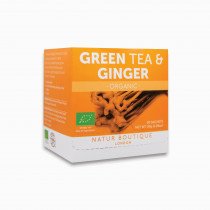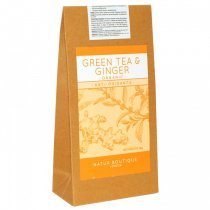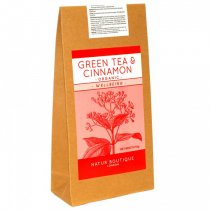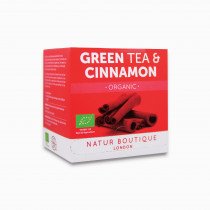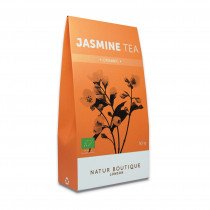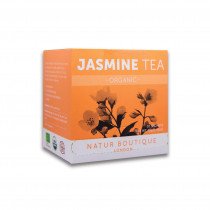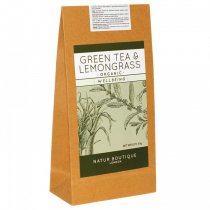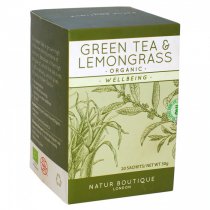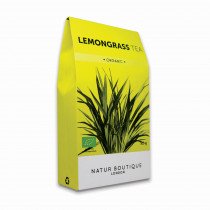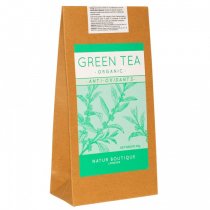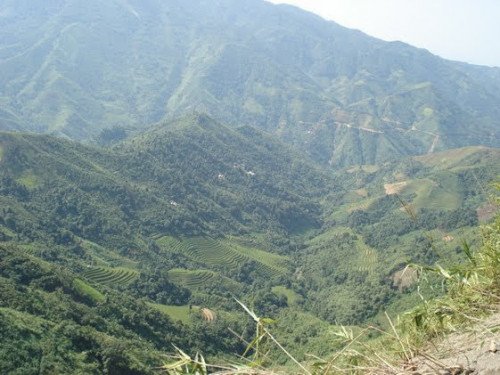
This fragrant drink is loved and appreciated in all corners of the globe. There is no drink more popular, more accessible, richer in its properties and more universal in its effect. It not only has a pleasant taste and aroma, but has long been a well-known healing agent. The first mention of tea (Camellia sinensis from the Theaceae family) is found in Chinese texts, which are about 4700 years old.
Green tea has many useful properties due to the rich content of vitamins (A, B1, B2, B15, P, etc.), trace elements (calcium, copper, sodium, fluorine, zinc, magnesium, iron, silicon, manganese, phosphorus, etc.) , caffeine, catechin and tannin (powerful antioxidants from the flavonoid group), as well as carbohydrates, proteins, organic acids and essential oils.
trace elements (calcium, copper, sodium, fluorine, zinc, magnesium, iron, silicon, manganese, phosphorus, etc.) , caffeine, catechin and tannin (powerful antioxidants from the flavonoid group), as well as carbohydrates, proteins, organic acids and essential oils.
Tea increases mental and physical performance, tones the body, normalizes the function of the nervous system. In addition, it has an antimicrobial, antiviral, anti-inflammatory effect, slows down the aging process, and rejuvenates the body. Regular consumption of tea reduces the risk of developing neoplasms, atherosclerosis, diabetes mellitus, urolithiasis, diseases of the heart and brain vessels, speeds up metabolic processes, removes excess fat from the body.
Tea drinking is a festive mood, a friendly gesture and an expression of sympathy, a way to relieve stress and just an excuse to get together. That is why everyone drinks tea: old people and children, rich and poor.
However…
Due to the popularity of this drink, its quality often suffers.
Pesticides and mineral fertilizers have become widely used on tea plantations, which leads to an imbalance in the natural ecosystem, a decrease in aroma, density and other indicators of tea quality. Thanks to harmful agricultural chemistry, frequent harvesting became possible - up to 20 times a year. This depletes the plants, as a result of which the content of useful substances in the tea leaf is reduced. Also, machine collection began to be used everywhere, after which it is impossible to guarantee the quality and freshness of tea. Often, the dishonesty of manufacturers leads to the fact that instead of pure varietal tea, we get mixed (blended) teas of dubious quality.
Ideal…
All this does not have the best effect on the taste and properties of such a primordially useful and valuable product as green tea.
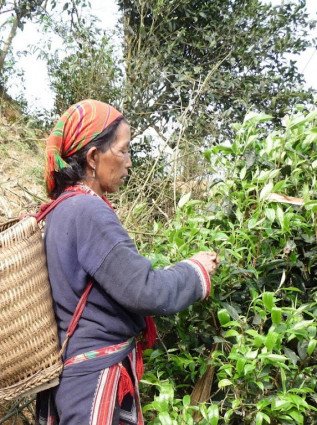
The birthplace of tea is considered to be Southwestern China (Yunnan), Vietnam and the region of Upper Burma. It is here that the most ancient forms of the tea bush were discovered. It is here that it still grows and is considered the best.
Natur Boutique green tea is harvested in northern Vietnam, the cradle of the tea tree in Southeast Asia, and belongs to a special variety of mountain tea - Shan Tea. At an altitude of 600-1000 meters above sea level, plants grow in extreme conditions, so they are forced to produce more antioxidants as a defense. Thus, this green tea contains more antioxidants, and therefore more beneficial. Moreover, due to the inaccessibility and isolation of plantations, this tea is not susceptible to infection by other varieties, including genetically modified ones.
Tea is extremely hardy and relatively unpretentious. It can grow on poor soils, but loves high humidity and sufficient rainfall in the absence of stagnant water. Therefore, the tea growing area is mostly mountain slopes.
Harvested by hand only 4 times a year by representatives of small nationalities (H'mong, Zao, etc.) of the provinces of Lao Cai, Son La and Yen Bai. Only shamrocks are collected (two upper young leaves + one still unblown bud), which are also called flushes or tips. Drink from them is considered the highest quality. It is impossible to sort them by machine, only manually. Such shamrocks can be from 5 to 15 cm in size, therefore, when brewing in a teapot, rather large leaves can appear. In appearance, Shang tea has velvet leaves (with a bluish fluff), which also serves as a sign of adaptation to mountain conditions.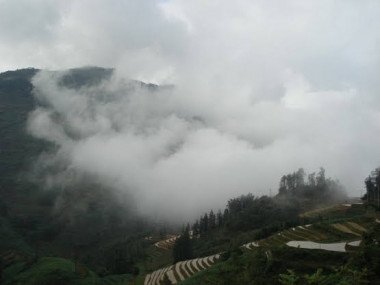
Previously, where today's plantations were, only mature green tea trees grew in the wild, which had to be climbed to harvest. Now the area has been domesticated, and tea plants are planted in rows and maintained at a human-height size, thus adapting to convenient hand picking. However, old trees are still used and cared for with special care.
Natur Boutique tea is certified according to the organic standards of the European Union, the complete organic production chain is controlled by the French certification body Ecocert. This means that tea is grown in an ecologically clean region without the use of pesticides, mineral fertilizers, artificial additives and genetically modified components. This contributes to safety and higher product quality.
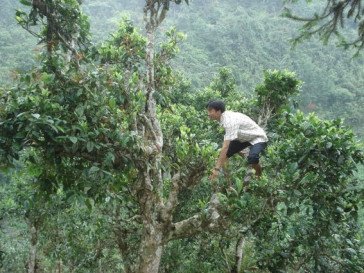 Are used:
Are used:
- Only organic fertilizers (manure, compost).
Safe methods in pest control: biological control (bait plants, species displacement), plant extracts, manual labor, etc.
The nature of tea processing is more perfect and thorough, without the slightest violation of technology. The leaves are tightly twisted by a mechanical centrifugal method. And the tighter the leaf is twisted, the higher the grade of tea.
In green tea with jasmine, aromatization takes place in a natural way: tea is laid out in layers with jasmine flower petals and dried for 8-12 hours. Then the "empty" petals, which have completely transferred their aroma to green tea, are removed, leaving only fragrant green tea.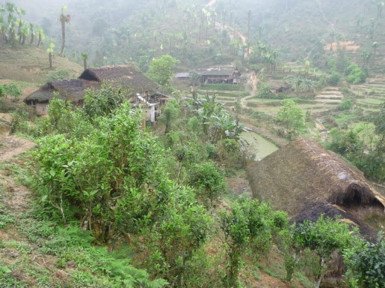
Therefore, Natur Boutique green teas are:
- Health Benefits - Higher content of antioxidants that contribute to longevity and well-being.
- High quality, excellent taste and aroma.
- The absence of artificial flavors, dyes and impurities of other varieties.
- Confidence in certification.
- Benefits for the environment. Enviroment protection. Maintaining soil fertility.






